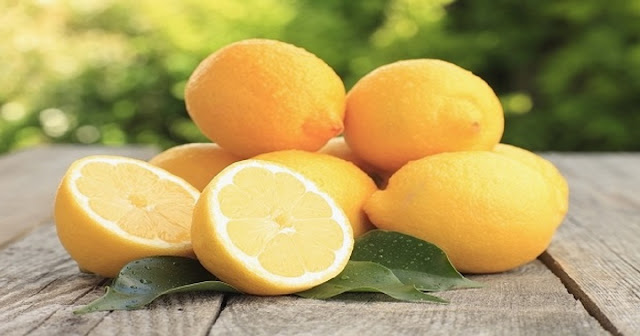Know The Easy Way On How To Grow A Lemon Tree In Your Own Home
Citrus fruits are packed full of vitamins, potassium, calcium, phosphorus, magnesium – the list goes on. Even though they may not make for a balanced meal on their own, they sure do offer a huge list of benefits that can complement the rest of our diet. At the same time, they do tend to be high in sugar – so managing how much of them you’re eating is imperative when it comes to maintaining a balanced diet.
It’s kind of funny – you need them, but you need to keep yourself from going overboard at the same time!
Certain citrus fruits are easier to grow than others, and thankfully, two of the best ones can be grown right in your yard. By growing them yourself, you’ll be able to taste the difference in freshness and quality, and keep your body free from any chemical contamination associated with non-organic growing. Not sure which two I’m talking about? Here they are:
Lemons
Lemon is considered a superfood. But at the same time, lemons are so useful for so many different things that they kind of exist in another universe on their own. Whether you’re adding them to water or making use of their peels, the convenience of growing your own lemons is not something that should be ignored.
How can you grow them?
What do you need?
- An organic lemon since non-organic lemons often contain non-germinating seeds
- Fertile potting soil, preferably containing peat, vermiculite, perlite, and natural fertilizers
- A planting pot that is six inches wide and six inches deep
- A seedling pot that is about 24 inches wide by 12 inches deep
- A sunny, indoor growing location and possibly a grow lamp
- Moisten the potting soil so that it is damp, but not soaked, all the way through.
- Fill the smaller pot with soil, all the way up to an inch below the rim.
- Cut open your lemon and remove a seed. Remove all of the pulp from its surface. A good way to do this is to simply suck on it until it is clean.
- Do not delay to plant. The seed must still be moist when it is buried into the soil. Plant the seed about half an inch deep in the middle of the pot.
- Spray the soil that is directly above the seed gently with water from a spray bottle.
- Cover the pot with clear plastic wrap, seal the edges with a good rubber band, and poke small holes in the top with a pencil.
- Place the pot in a warm, sunny location.
- Spray on more water occasionally, not allowing the soil to dry out. Do not cause water to puddle though. Just keep the soil somewhat moist.
- After about two weeks, when the sproutling emerges, take the plastic covering off. If you need additional light for your lemon plant, you can use a grow light to supplement the sun’s light.
- Take care of the young plant by keeping the soil damp, by making sure it gets at least eight full hours of light per day, and by giving it moderate doses of organic fertilizer.
- Watch over your plant to ensure it is not attacked by bugs or diseases. Prune off brown, dead leaves when necessary. Use pesticides if you must. Protect your new lemon tree!
- When the plant outgrows its small pot, put it in the larger pot. You will go through much the same procedure when you re-plant it as when you first planted. Younger plants need more water than older plants, but they all do need adequate water. Don’t starve your poor plant after all that work of growing it!









Walang komento